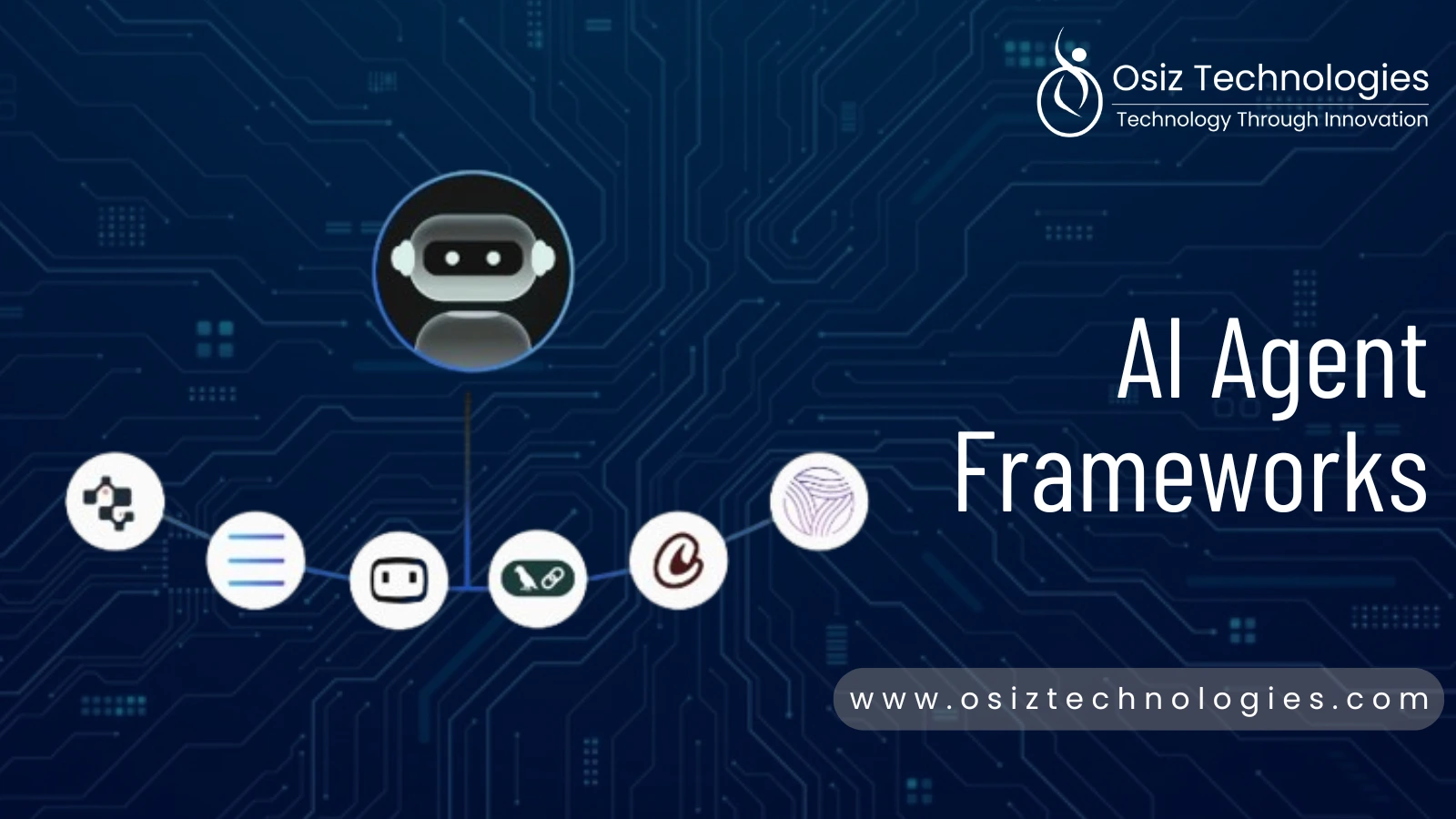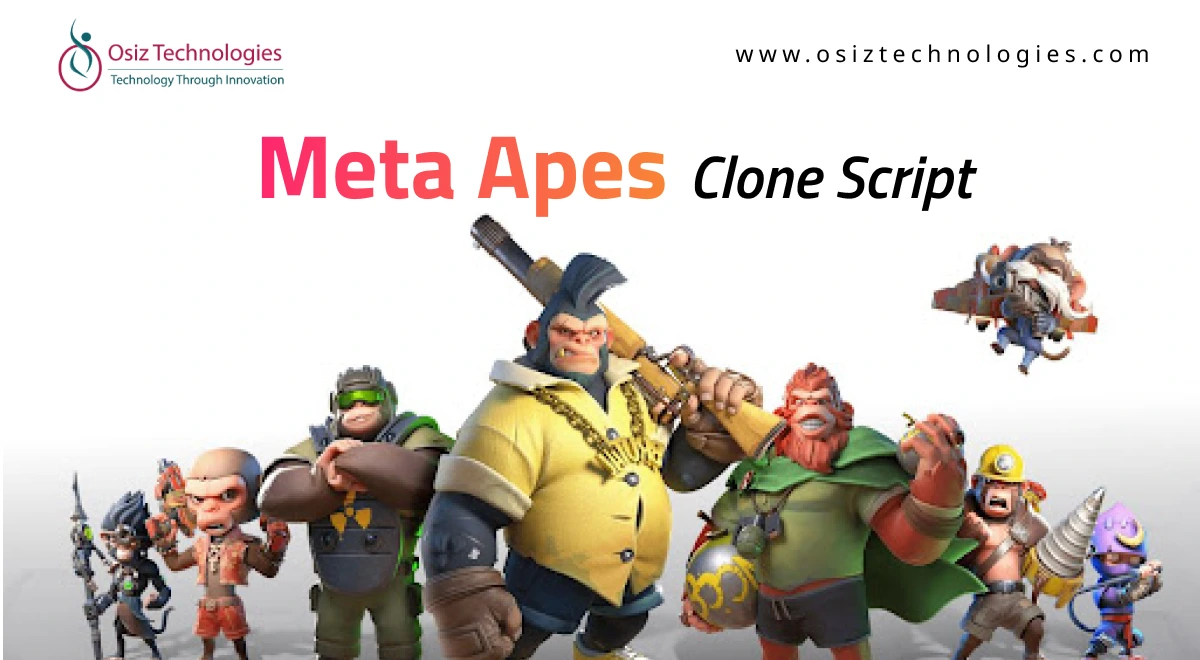What is Blockchain?
Blockchain is a dispersed digital ledger that records a transaction across multiple systems to help in the achievement of transparency and security. Every block on the chain contains a list of transactions, and any new block is cryptographic linked to the previous one, eliminating the need for intermediaries, thus reducing costs, and enhancing trust in interactions in the digital world.
For example, whenever there is a transaction, the network nodes verify it and append it to a block. After verification, that block gets linked to the chain, locking in the transaction, thereby rendering it unalterable and permanent. Through such a stable system, companies like Osiz Technologies build dependable blockchain networks and solutions to guarantee data integrity and transparency for businesses everywhere.
Examples of Blockchain Technology
Blockchain has evolved beyond the mere use case with cryptocurrencies like Bitcoin. Here are some impactful examples:
- Digital currency Platforms
- Supply Chain Management
- Smart contracts
- Digital Identity Management
- Medical Records
Different types of blockchain networks
There are several ways to build a blockchain network. They can be :
1. Public blockchain networks
A public blockchain is one in which any party can join and take part, like Bitcoin. There may be disadvantages like substantial computational power that is needed, little or no privacy on the transaction, and weak security. These are some important considerations in enterprise use cases of blockchain, especially for companies like Osiz.
2. Private Blockchain Networks
A private blockchain network is also a decentralized peer-to-peer network, similar to a public blockchain network. However, only one organization governs the network, determining who may be allowed to participate, to run a consensus protocol, and to maintain the shared ledger. Depending on the use case, this can substantially boost trust and confidence between participants.
3. Permissioned Blockchain Networks
Businesses that set up a private blockchain will usually set up a permissioned blockchain network. Public blockchain networks can also be permissioned, though. That is, there are restrictions placed on who can participate in the network and what can be transacted.
The participants need to receive an invitation or permission to join. We would implement the permissioned blockchain to have access only by the authorized participants, so that transactions go through securely within its own ecosystem with high efficiency.
4. Consortium Blockchains
Multiple organizations can share the responsibilities of maintaining a blockchain. These preselected organizations determine who can submit transactions or access the data. A consortium blockchain is ideal for businesses when all participants need to be permissioned and share responsibility for the blockchain.
Blockchain-Based Solutions by Osiz Technologies
Osiz Technologies is one of the most prominent blockchain development company we offer different unique blockchain-based solutions for different industries. Our services start from blockchain network development to customized DApps.
Osiz’s Key Blockchain Services:
- Cryptocurrency Development: Osiz develops secure and scalable cryptocurrency platforms.
- Supply Chain Solutions: Our blockchain-based supply chain systems ensure efficiency and transparency.
- Smart Contract Development: Osiz develops robust smart contract solutions to automate business processes.
- DeFi Development: With expertise in DeFi, Osiz delivers advanced solutions like lending platforms and yield farming systems.
Why Choose Osiz?
A leading Blockchain Development Company, Osiz Technologies stands out as a trusted partner in blockchain development, with solutions that are customized to the different industries. Commitment to innovation, transparency, and scalability allows Osiz to empower businesses in leveraging blockchain's full potential. Expertise combined with cutting-edge tools and technologies ensures reliable and future-ready solutions that drive growth and efficiency in a competitive digital landscape.
Listen To The Article
Recent Blogs

Halloween 15-30%
Offer












